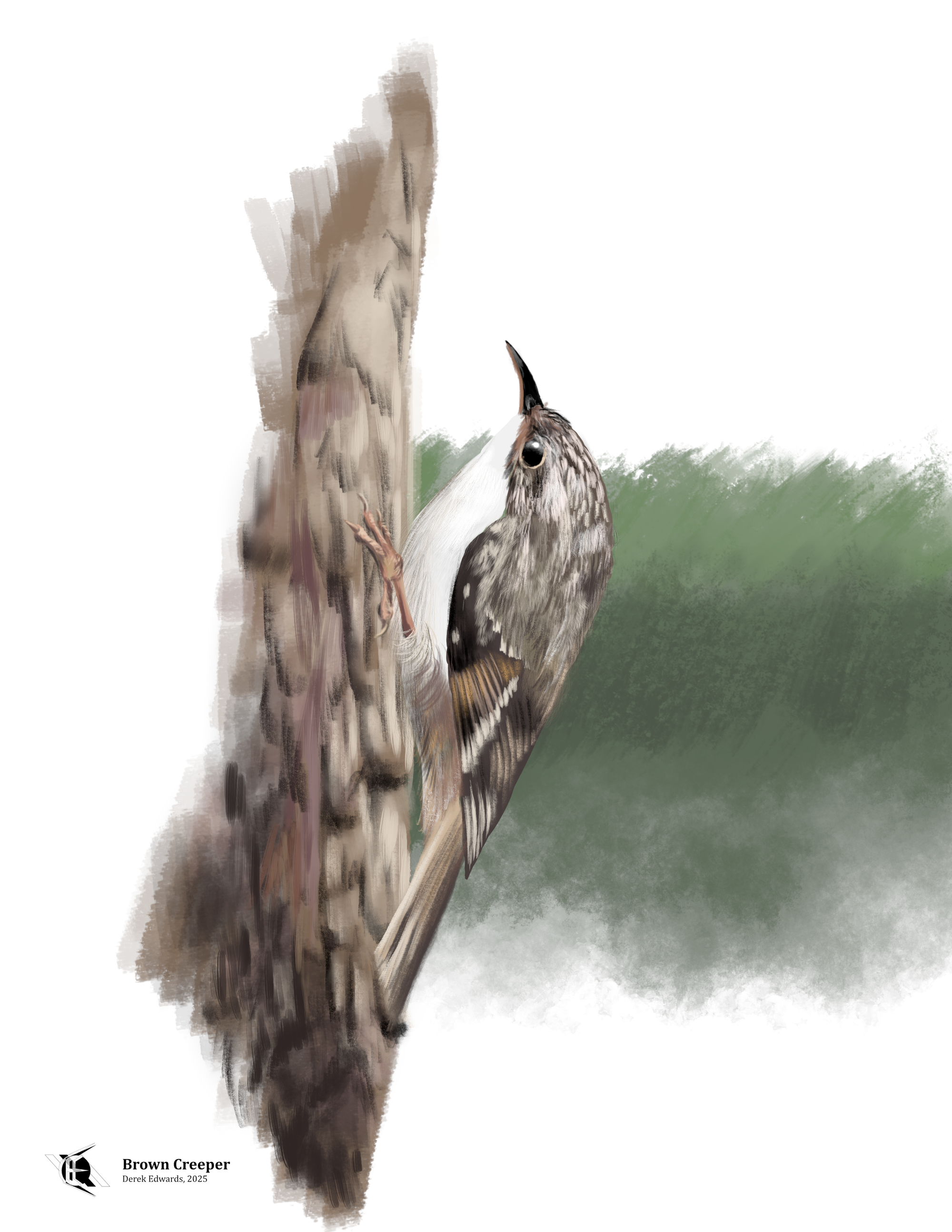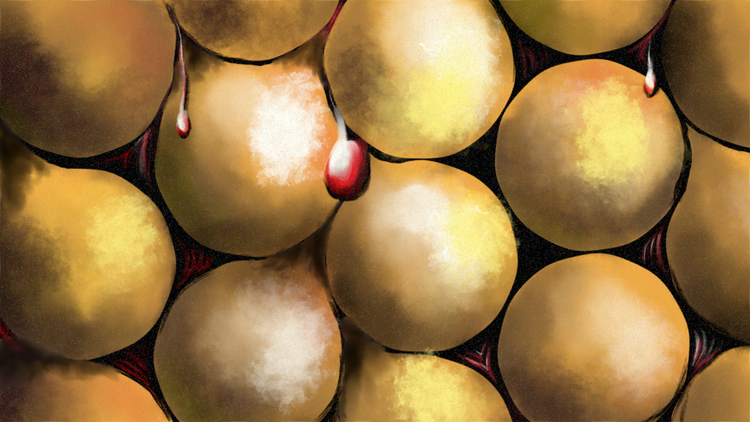
Running Commentary 9/8/2025
Hello,
The first waves of Fall migrants are passing through Michigan. I found a half-dozen yellowlegs in a runoff pond near a Wal-Mart this evening. I think they’re greater yellowlegs based on their bill length and the fact that they seemed big for sandpipers compared to a convenient nearby reference mallard, but they were quiet so I’m not certain. Here’s a photo if you want to take a crack at IDing them yourself:

Anyway...
Reading...

I got this book from my library as an audiobook, which is an odd way to experience a book largely about geometric diagrams. But I think even with a hard copy this would be an odd read. It’s a relatively short commentary about Euclid’s Elements that comes off like an enthusiastic fan tribute to the millennia-old mathematics text. Here are my notes:
- The book is subtitled "Euclid and His Elements" but Berlinski is quick to acknowledge that almost nothing is known of Euclid except that he wrote The Elements. This book is thus not at all a biography of Euclid but instead a commentary and history of The Elements.
- Berlinski's commentary on Euclid's Elements focuses mainly on Euclid's logic of axioms and theorems, which became foundational not just to geometry but to mathematics overall. He examines how Euclid's approach to teaching has carried his work into the modern day. Even as mathematicians have improved on his methods or challenged his conclusions in certain instances, they have not superseded The Elements as a whole—particularly not in its aesthetic value.
- Much of the end of the book deals with Euclid's Parallel Postulate, something he offered relatively tentatively and which many mathematicians since Euclid have tried to either prove logically or to dismiss as unfounded. Today this postulate—the defining characteristic of Euclidean geometry, wherein the plane is conventionally flat—is not upheld in elliptic and hyperbolic geometries, even though his first four postulates still do.
- If Euclid's Elements are an expression of his deep love of geometry, then this book, in turn, is an expression of Berlinski's love of Euclid's work. This is not a crucial work for a mathematician to read, but I'm glad to have found Berlinski's work anyway.

Bird of the Week
This week we have a bird I always like to see. It’s not an especially pretty bird, nor is it an exciting rarity or migrant. But it’s a bird that, when I do see it, it makes me happy, both because it’s a charming little creature and because it’s a fortunate thing to see a Brown Creeper.
This bird is the only one of its kind found in North America. There are a mere nine members of the treecreeper family in the world, with the other eight found in Eurasia — especially in the forested foothills of the Himalayas, to which three species are endemic and a fourth is also found. All nine are brown, for what it's worth, and for an obvious reason given their habits. Treecreepers are not creepy — as I said, they’re fairly charming, looking like slim little wrens — but are, rather, creeping. They feed on insects found on tree bark as they slowly, windingly ascend the sides of tree trunks and large limbs. They never creep downwards, as nuthatches and certain other clinging birds will; when they’ve gotten sufficiently high up in their climb, they’ll drop off, flying either back to the start or to another nearby starting place. An inattentive person won’t notice that there is a bird there, as it behaves almost like a falling leaf when it descends. Every time I’ve seen one there’s been a sudden realization, “Oh, that’s a creeper!” That thrill of sudden spotting and identification is one of the key joys of birding, and it’s a consistent thing when it comes to creepers. You can’t count on seeing one, you can’t really go looking for them, you just have to be out in the woods and attentive and hope you come across one. I last found one at the end of August, climbing up a tree where a warbling vireo was singing; if I hadn’t been looking for the vireo, I wouldn’t have seen it.
Creepers are sneaky, but they aren’t silent. They have a nice little song of quick, very high notes, or else they’ll give soft little two-note calls. They aren’t very loud for songbirds, but they do sing.
To science the brown creeper is Certhia americana, which roughly means “American treecreeper”;1 it was first formally distinguished from the Eurasian treecreeper by C. L. Bonaparte in an 1838 comparative list of European and American birds.2 Certhia is the only genus in the family Certhiidae, and its name comes from the writings of Aristotle, who referred to a bird that, at the least, matched the description of a treecreeper by the name karthios.1
- Jobling, J. A. (editor). The Key to Scientific Names in Birds of the World (S. M. Billerman et al. editors), Cornell Laboratory of Ornithology, Ithaca.
- Bonaparte, Charles Lucian. A Geographical and Comparative List of the Birds of Europe and North America. J. Van Voorst, London. 1838. https://archive.org/details/geographicalcomp00bona/page/n11/mode/2up
Curation Links
Chicken of the Trees | Mike Sula, Chicago Reader
Mike Sula likes tomatoes. He grows them as best as he can living in Chicago, which mostly means in buckets on the roof of his building. It's not the best garden, but it produces some tomatoes. The biggest issue is that the plants are easily gotten at by Chicago's squirrels, which would routinely ruin the fruits of Sula's labor before he could taste them. Eventually, Sula remembers that, not long ago, most Americans would eat squirrels. So he embarks on a journey part culinary discovery, part revenge.
Meet the developers still making games for your calculator | Khee Hoon Chan, Polygon
Graphing calculators fill a weird niche in the world of computing. They’re capable of complex computations well beyond the abilities of a normal calculator, but they are not capable of the kind of things PCs are capable of that keep PCs out of lecture halls during exams. But anything powerful enough to plot 1/4 (tan^(-1)(x) + sqrt(2 x)) is probably powerful enough to do other things given the right programming. Enter a community of enthusiasts hacking calculators to run simple video games.
Life on Mars? | Nikola Tesla, Lapham’s Quarterly
“From ‘Talking with the Planets.’ In early 1899 Jacob Astor gave the inventor funds to further develop electric-light technology; Tesla used the money instead to leave New York, build a huge Colorado laboratory, and begin research into high-frequency electricity and wireless transmission. Some came to believe the signals Tesla heard in this experiment were actually from Guglielmo Marconi’s radio device, which was being tested at the time in the Atlantic. Later research showed, however, that Tesla may have heard pulses emitted by Jupiter’s moon Io.”
First Light | Andrew Palmer, JOYLAND
[FICTION] “An interpretive guide? **That was the job title Charlie and I shared. Charlie, a retired elementary school teacher, had earned it over sixteen seasons. In my case it masked a near-total ignorance of the subject we were charged to interpret. Luckily the migration was running late this year, which kept the crowds away and gave me time to read up on the four species of fish that journeyed up the river each spring: sea lamprey, eels, Atlantic salmon and—by far the most numerous—shad.”
See the full archive of curations on Notion






Member Commentary